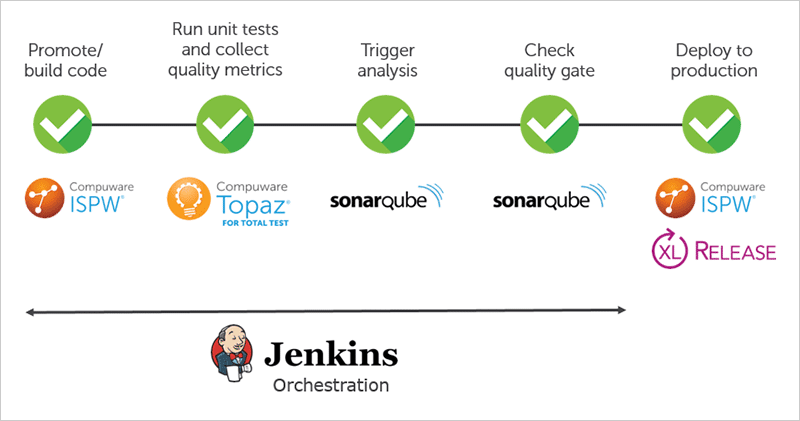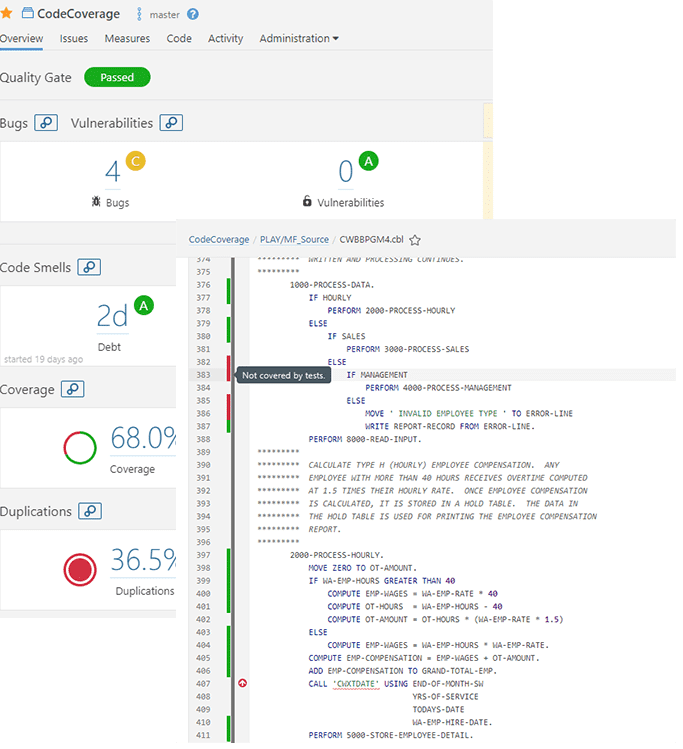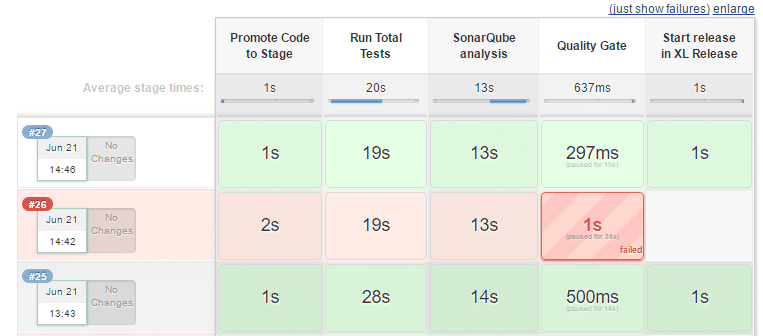In modern business, digital innovation is your basis for competitive differentiation. DevOps is vital to that initiative, enabling business velocity with shorter delivery cycles, faster response to business needs and higher-quality deliverables. But DevOps can’t be exclusive to your mainstream IT teams—it must include your mainframe teams as well.
By 2019, 64 percent of mainframe-equipped organizations will be running more than half their business-critical workloads on that system of record, according to a new Compuware-commissioned Forrester Consulting study. These are applications and data that support 96 percent of new business initiatives, according to a previous study.
So, if the mainframe is core to successful digital transformation, organizations should ensure the platform leverages the same DevOps best practices for development quality, velocity and efficiency that non-mainframe teams are using—because, when it comes to supporting rapid digital innovation, the mainframe community’s go-to Waterfall development methodology falls flat.
The challenge is understanding how to approach your mainframe teams about making changes to their culture, process and tools to support mainframe DevOps.
Building a Mainframe DevOps Bridge
You need to build a mainframe DevOps bridge, and that takes changing mindsets. Compuware Executive Solutions Architect – DevOps Rick Slade wrote a great blog post about this—but he points out changing mindsets isn’t all you have to worry about.
Supporting mainframe DevOps will require providing those teams with modern, intuitive mainframe tools that support iterative, Agile methods to facilitate faster system delivery without quality sacrifice.
Building a mainframe-inclusive DevOps toolchain is core to bumping your mainframe teams up to the same level as your non-mainframe teams that are using best practices like Agile Development and Continuous Integration/Continuous Delivery.
Rick does a great job explaining how to do this in his DevOps Transition Workshops. These are one-day sessions he uses to help you understand where to make connection points to bring the mainframe into your overall DevOps strategy—they’re definitely worth scheduling if you’re a Compuware customer. Contact Rick at rick.slade@compuware.com for more information.
Compuware-Jenkins Integrations for Mainframe DevOps
A mainframe-inclusive DevOps toolchain improves the quality and agility of your business software, while at the same time reducing costs. Compuware-Jenkins DevOps integrations are enabling customers to accelerate the software development process through orchestration and automation.
Orchestrate Your DevOps Pipeline
The integration between Jenkins and Compuware ISPW—our Agile source code management and deployment automation software—lets you build a DevOps pipeline in Jenkins to manage code throughout the development lifecycle. After a piece of code is edited and compiled within Compuware’s IDE, Topaz Workbench, and ISPW, Jenkins automates the promotion of the code into a staging area within ISPW for testing.
Automatically Trigger Unit Tests
Compuware Topaz for Total Test—our automated unit testing software—can be configured into an existing Jenkins workflow so COBOL unit testing is automatically triggered. ISPW can managed Topaz for Total Test components, enabling the migration of unit tests through the mainframe application release cycle to run specific tests for each level.

Enable Code Coverage
After a Topaz for Total Test unit test executes, code coverage results are published in Jenkins and SonarSource SonarQube to display which lines of code have or haven’t been executed and what percentage of an application has or hasn’t been tested and to compare test results to broader cross-platform quality trends and metrics.

Maintain Continuous Code Quality
Test metrics can be used in SonarSource Quality Gates to determine whether to proceed with a workflow or stop and fix the code before continuing. In the event of a failure, code can be automatically regressed back into a development environment in ISPW to be fixed.

As mainframe workloads increase to support digital initiatives, there’s a visible and growing gap between DevOps teams leveraging modern tools and methods and mainframe teams still leveraging the Waterfall status quo. DevOps leaders who understand the value of tools like Jenkins must be the ones to bridge the mainframe DevOps gap. That’s much easier to do when you can present those teams with a modern toolset designed to leverage their talents in a new way for higher development quality, velocity and efficiency.
For a closer look at how Compuware and Jenkins enable mainframe DevOps, watch our short webcast “ISPW and Jenkins: A DevOps Integration Dream,” where we explain and demo the major integration points between Compuware tools and Jenkins.
These postings are my own and do not necessarily represent BMC's position, strategies, or opinion.
See an error or have a suggestion? Please let us know by emailing blogs@bmc.com.





